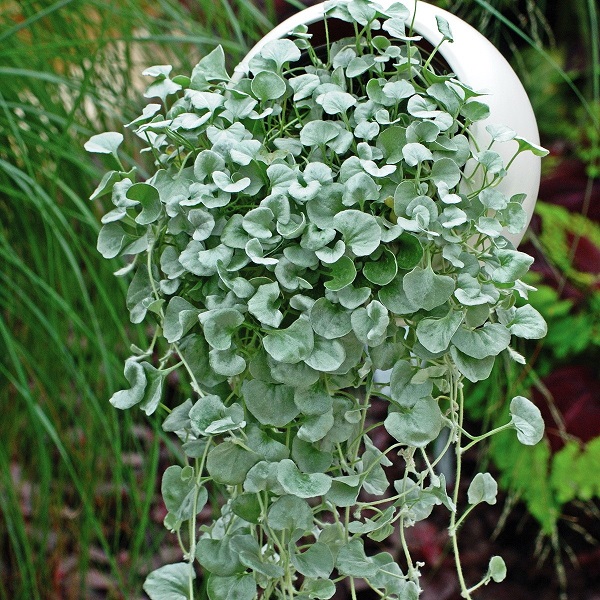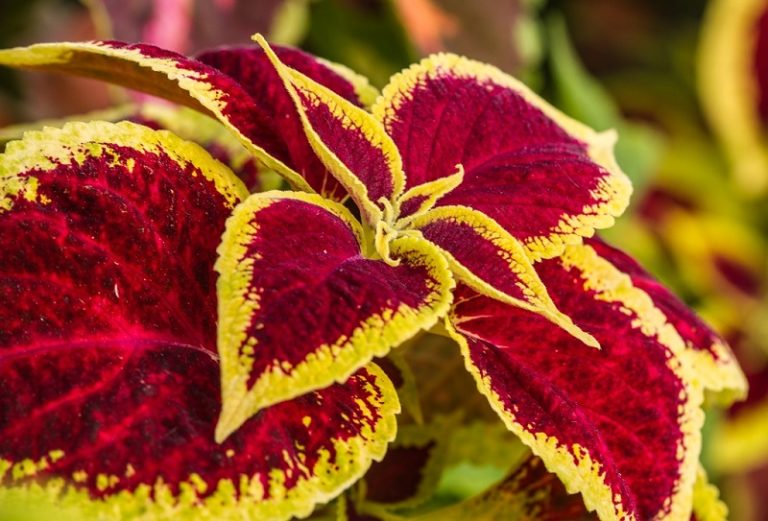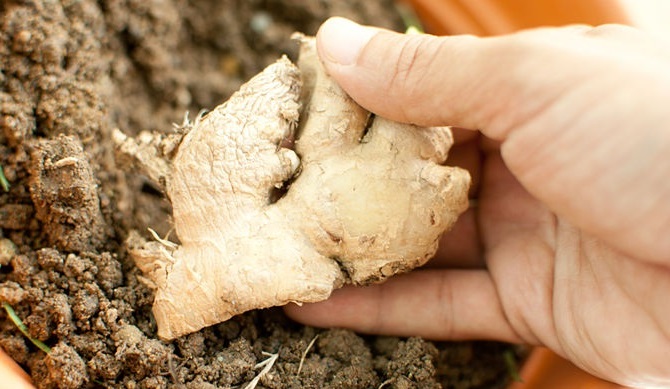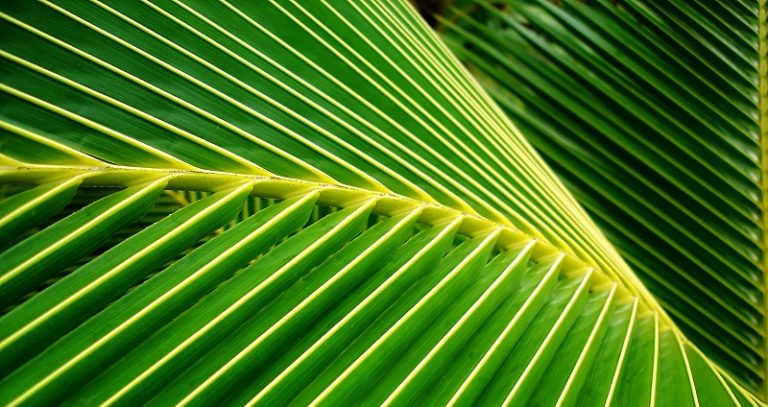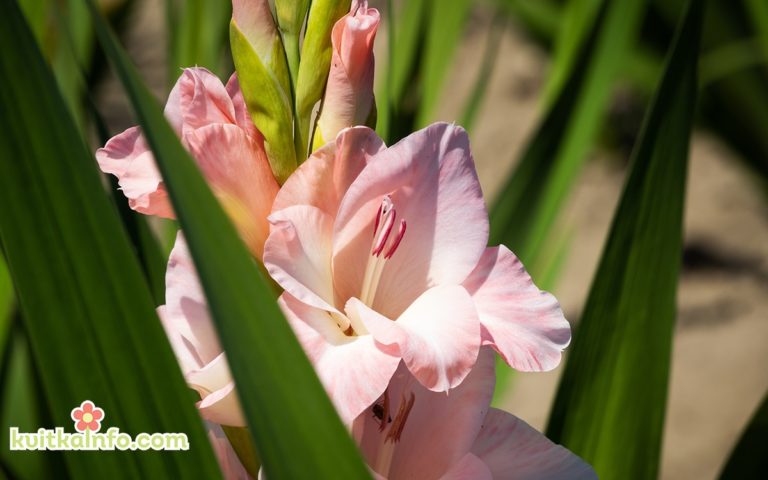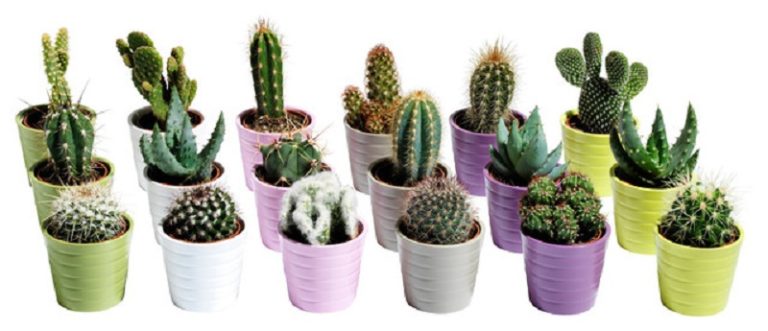Dichondra. Cultivation, care
Dichondra attracts with its decorative effect, namely leaves that hang on thin stems and look spectacular in hanging planters or in balcony boxes. With the help of dichondra, you can create a waterfall effect. By the way, this plant was recognized as one of the best decorative deciduous plants that can decorate hanging baskets or planters.
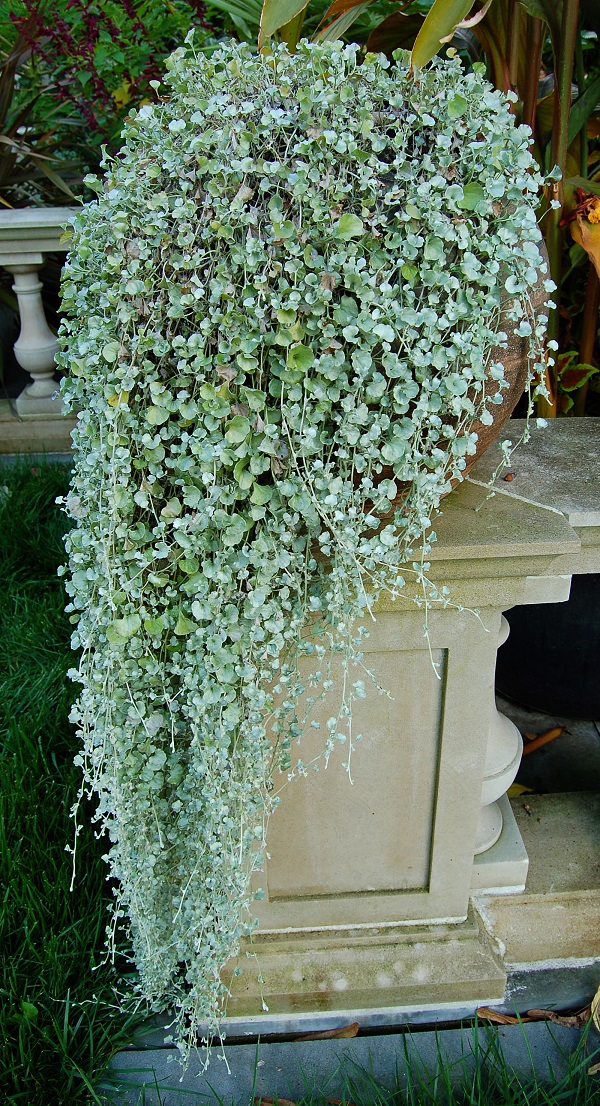
Dichondra is an ampelous plant with thin stems on which silvery or green leaves grow. The stems of dichondra can grow up to 2 meters, and in countries with a mild climate, the annual growth of stems can reach up to 6 meters. In its natural habitat, it can be found in subtropical and tropical humid forests, as well as swamps in Australia, East Asia and America.
Dichondra can grow in the garden, in the shade of trees and in other shaded places in which simple lawn grasses do not grow. Also, dichondra is often planted in the patio, where it grows between the slabs of footpaths.
Most often, 2 types of this plant are grown at home, namely:”Silver Falls” (Silver Falls), the leaves are silvery, and the shoots are very long. “Emerald Falls” (Emerald Falls), green leaves have a rounded shape, and a branched stem.
Dichondra care
Dichondra is a completely unpretentious plant and it is very easy to care for it.
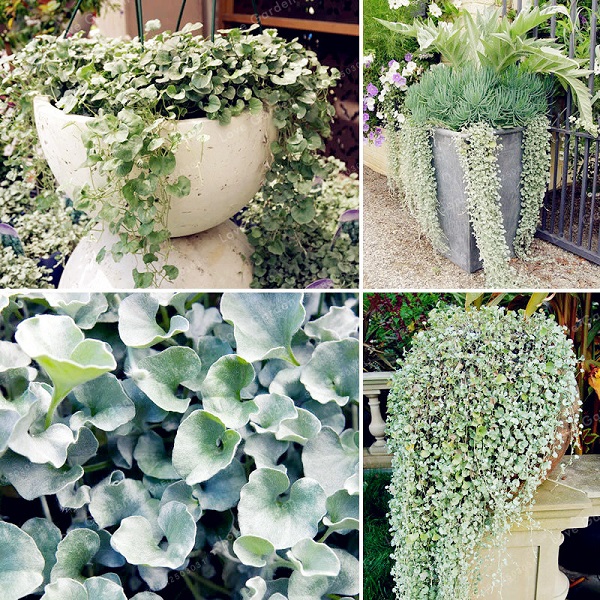
Light brightness for dichondra
The brightness of light for dichondra is determined by the color of the leaves: for plants with a green leaf plate, both brightly lit places and shade are suitable, in shady places the leaves grow larger; And with a silvery leaf plate, they are more photophilous, and will not grow in constant shading.
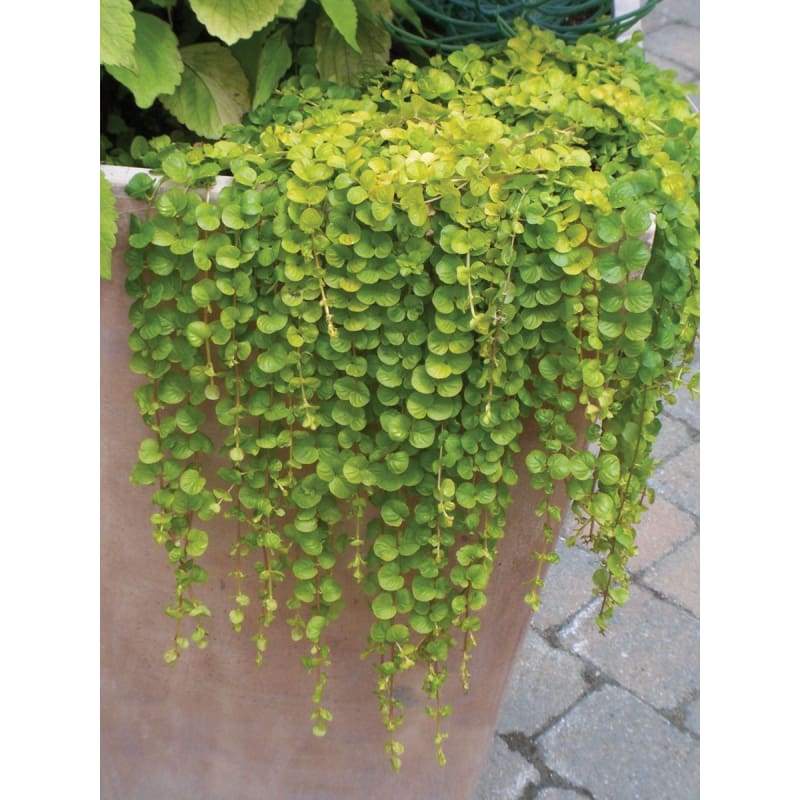
Air temperature for dichondra
For active development, the plant will be comfortable with a temperature of 18 to 25 degrees Celsius. And in winter, it should not be lower than 10 degrees Celsius. If you plant dichondra in open ground for the summer, then in order to preserve the plant until next year, it must be transplanted into a pot, and taken indoors, or grown as an annual. Also, dichondra does not grow well in conditions of constantly high temperatures.
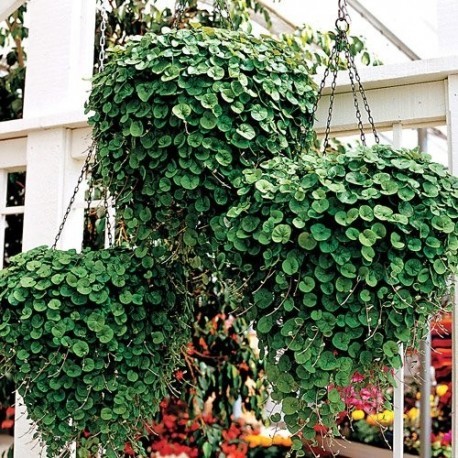
Soil for dichondra
There are no special requirements for the soil. The only thing is that the acidity should be pH 6.6-8.
Air humidity watering dichondra
Dichondra is a rather moisture-loving plant, the formation of deciduous mass in the plant depends on humidity, but it can grow at low humidity, but daily spraying is welcome. When spraying dichondra twice a day (morning and evening), the process of leaf mass formation will be doubled. Dichondra especially needs spraying in the winter months if its wintering takes place at temperatures above 18 degrees C.
You need to water the dichondra abundantly, but the plant does not tolerate stagnation of moisture in the roots, so there should be a thick layer of drainage material in the pot.
Dichondra is also a drought-resistant plant, if the substrate in the pot with the plant is completely dry, then the dichondra can live without water for some time, and after watering it will quickly recover.
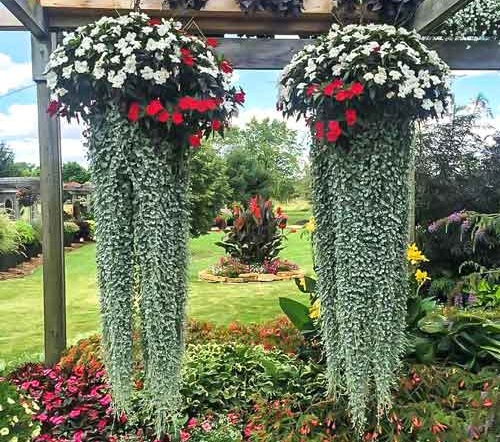
Fertilizer for dichondra
You need to feed dichondra 1 time in 2 weeks with fertilizer for ornamental deciduous plants. In winter (air temperature = 10 degrees Celsius), dichondra does not need to be fed.
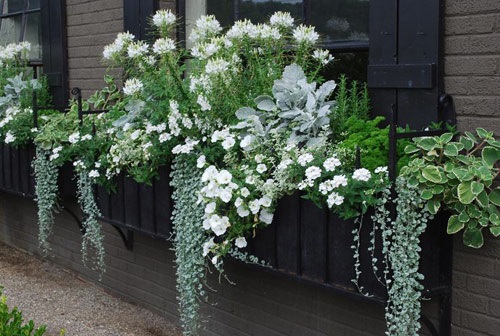
Pinching and pruning dichondra
To achieve maximum branching, the dichondra needs to be pinched and trimmed. Pinch the ends of the shoots, and when they become too long, they are cut to the desired level. Also, pruning of the plant is necessary before preparing for winter.
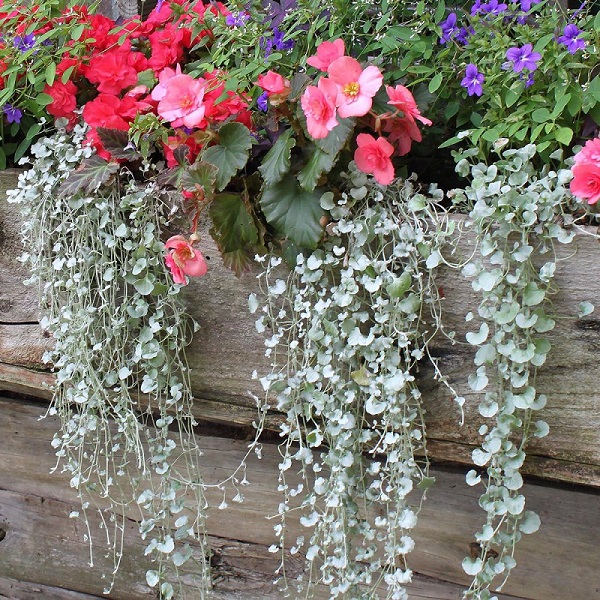
Dichondra propagation
Dichondra propagates by seeds and stem very easily. When propagated by seeds, it has no peculiarities. Read more here.
Propagating dichondra by stem cuttings is also easy, because there is a root in the axils of the elk, and whether it dries up or takes root is up to you. To do this, spread the twig over the surface of the moistened substrate and press it down in several places. After the roots are formed (up to 20 days), the plant can be separated from the mother . Cut cuttings take root easily in the greenhouse
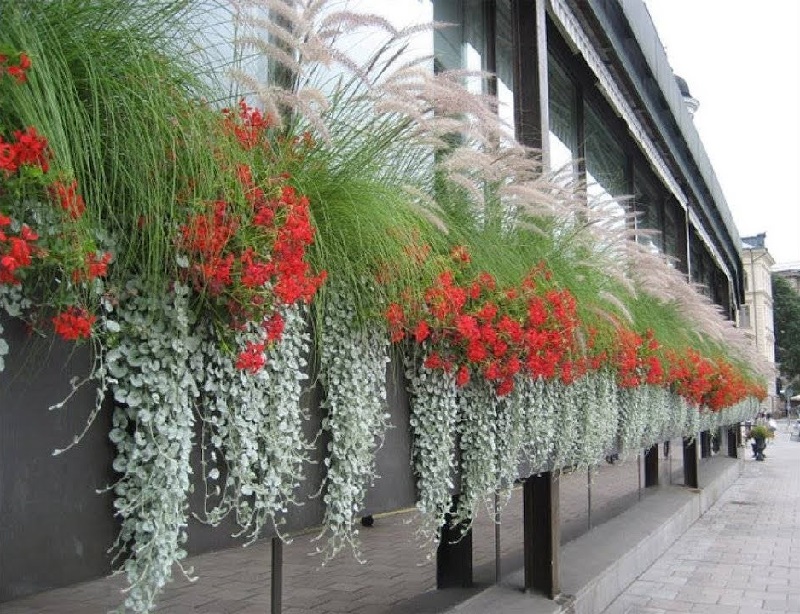
Pests and diseases of dichondra
Dichondra is quite resistant to any diseases and harmful insects, since it is essentially a weed. The only danger to dichondra is nematodes that develop in humid environments, leading to the death of the plant. Moreover, nematodes affect both garden and indoor plants. It is useless to fight them, so it is better to immediately throw away the plant and the soil in which they grew.
Dichondria can also be threatened by whiteflies, aphids and fleas.

